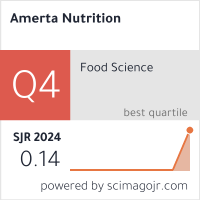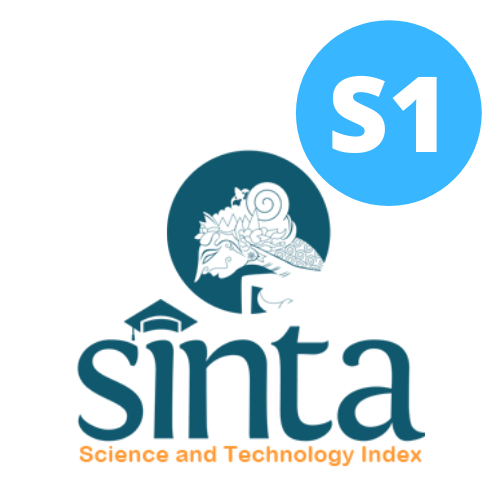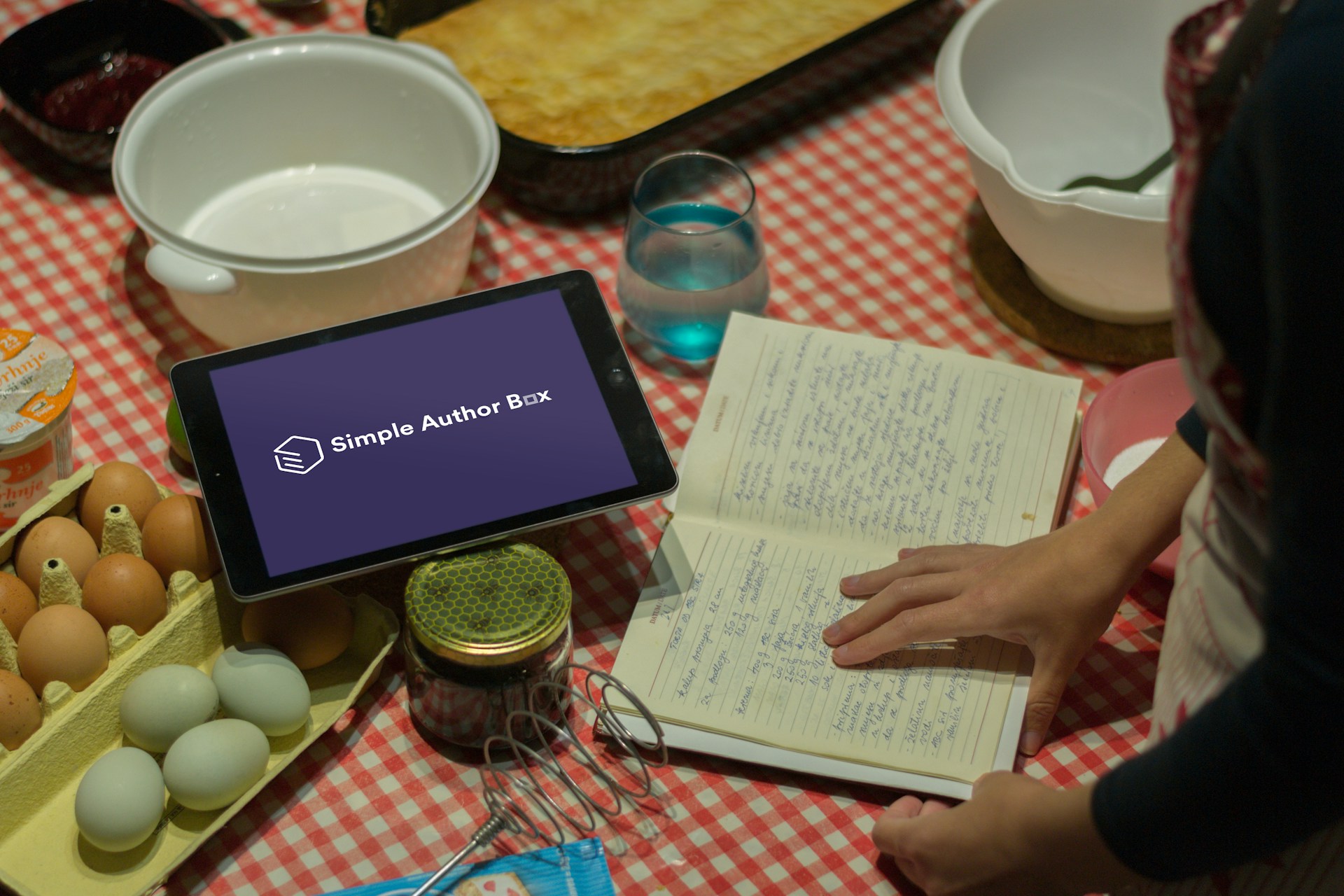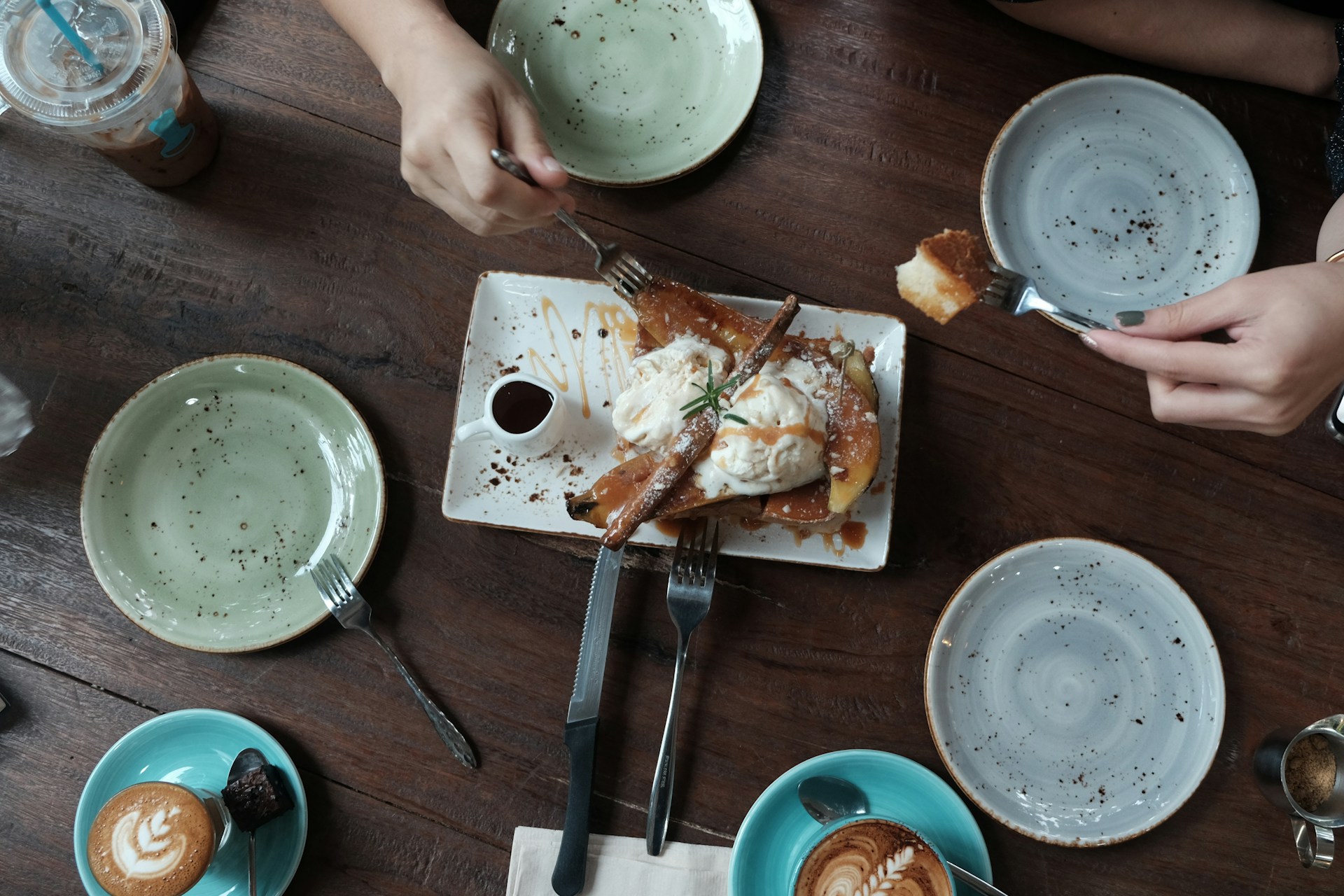The Formulation of Red Guava (Psidium guajava L.) Instant Powder Drink using Foam Mat Drying Method
Formulasi Minuman Serbuk Instan Jambu Merah (Psidium guajava L.) yang Dikeringkan dengan Metode Foam Mat Drying
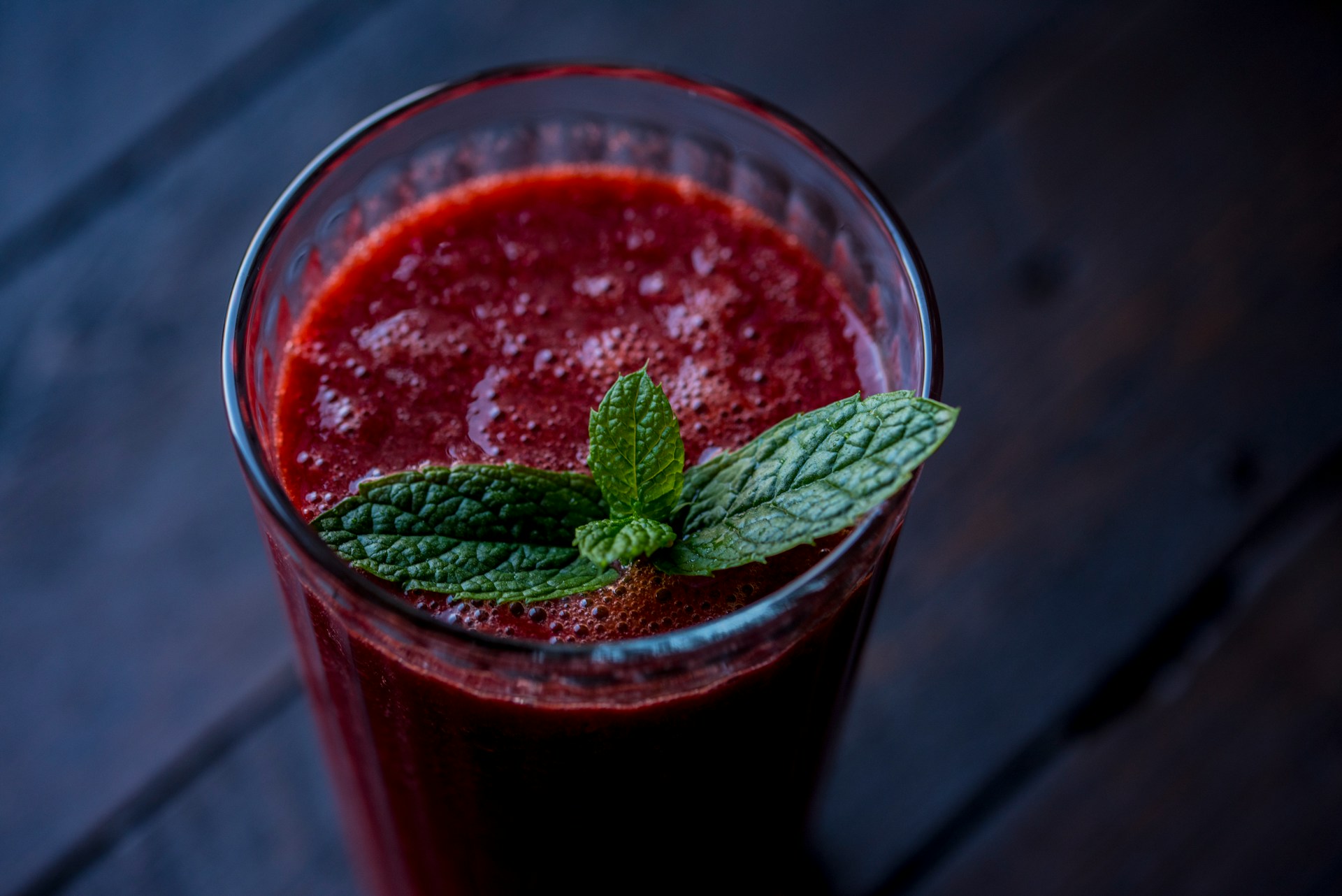
Background: Red guava juice offers various benefit yet its shelf life is short. Processing red guava juice into powder extends the shelf life of the product. The foaming method or foam mat drying was employed in this research to produce red guava juice powder, using Maltodextrin as the filler, egg white as the foaming agent and sucrose to taste.
Objectives: This research examined the physical and chemical characteristics of the red guava instant powder drink to determine the best formulation.
Methods: The first step of research was the production guava juice powder with different maltodextrin concentrations (5%, 10%, 15%) and egg white concentrations (3%, 6%, 9%). The formulation of guava juice instant powder drink involved the addition of different sucrose concentrations (10%, 20%, 30%) and guava juice powder to water ratios (1:5, 1:10, 1:15). Physical characteristics were observed, including the bulk density, solubility, color (L, a, b), and viscosity. The chemical characteristics that included total carotene and vitamin C content were also examined. The most optimal treatment from the second step underwent the proximate analysis and sodium content test, which data were analyzed using analysis of variance (ANOVA) and Tukey/HSD test.
Results: The use of 15% maltodextrin and 3% egg white showed the most optimal result, and the use of 30% sucrose concentration and 1:5 guava juice powder to water ratio was determined as the best formulation.
Conclusions: Red guava instant powder drink is an instant powder drink product that uses natural ingredients. One packet of red guava instant powder drink contains a total of 76 kcal of energy.
Hadi. A. S. Potensi Buah Jambu Biji Merah (Psidium guajava L.) dalam Meningkatkan Kadar Hemoglobin. Proceeding Biol. Educ. Conf. 20. 1–6 (2023).
Amaliya. A.. Risdiana. A. S. & Van der Velden. U. Effect of Guava and Vitamin C Supplementation on Experimental Gingivitis: A Randomized Clinical Trial. J. Clin. Periodontol. 45. 959–967 (2018). DOI: 10.1111/jcpe.12922.
Tumbas Šaponjac. V. T. et al. Optimisation of Beetroot Juice Encapsulation by Freeze-Drying. Polish J. Food Nutr. Sci. 70. 25–34 (2020). DOI: 10.31883/pjfns/115153
Kurniasari. F.. Hartati. I. & Kurniasari. L. Aplikasi Metode Foam Mat Drying Pada Pembuatan Bubuk Jahe (Zingiber officinale). J. Inov. Tek. Kim. 4. 7–10 (2019). DOI: 10.31942/inteka.v4i1.2679
Putri. W. D. R.. Nurbaya. S. R. & Murtini. E. S. Microencapsulation of Betacyanin Extract from Red Dragon Fruit Peel. Curr. Res. Nutr. Food Sci. 9. 953–960 (2021). DOI: 10.12944/CRNFSJ.9.3.22
Rahmani. R. Pemanfaatan Alang-Alang (Imperata Clyndrica ) Sebagai Pangan Fungsional Jelly Drink (Kajian: Jenis dan Konsentrasi Gelling Agent). J. Kesehat. Tambusai 3. 200–207 (2022). DOI: 10.31004/jkt.v3i2.4699
Lai. S.. Cui. Q.. Sun. Y.. Liu. R. & Niu. Y. Effects of Particle Size Distribution on the Physicochemical. Functional. and Structural Properties of Alfalfa Leaf Powder. Agric. 14. 1–16 (2024). DOI: 10.3390/agriculture14040634
Nurbaya. S. R.. Yuwono. S. S.. Putri. W. D. R. & Lastriyanto. A. Ohmic Heating Process for the Extraction of Betacyanin Pigment from Red Dragon Fruit Peel as a Natural Food Colorant Ingredient. Int. J. Heat Technol. 42. 1065–1072 (2024). DOI: https://doi.org/10.18280/ijht.420333
Agusman. Suryanti. Nurhayati. Murdinah & Wahyuni. T. Measurement of Fish Gelatin using Rotational Viscometer: An Alternative to Conventional Pipette Method. IOP Conf. Ser. Earth Environ. Sci. 715. 0–9 (2021). DOI: 10.1088/1755-1315/715/1/012056
Jiang. M. & Nakano. S. ichi. New insights into the stoichiometric regulation of carotenoid production in Chlorella vulgaris. Bioresour. Technol. Reports 20. 101227 (2022). DOI: 10.1088/1755-1315/715/1/012056
Nurbaya. S. R.. Azara. R.. Prihatiningrum. A. E. & Hudi. L. Physicochemical Characteristics of Cucumber Sherbet on Various Pandan Wangi Juice Concentrations and Sweetener Types. 5. 132–141 (2024). DOI: http://dx.doi.org/10.20961/agrihealth.v5i2.92815
Cahyaningrum. P. L. Analisis Proksimat Serbuk Instan Kombinasi Rimpang Temulawak (Curcuma xanthorrhiza Roxb.) dan Daun Anting-Anting (Acalypha indica L.). Widya Kesehat. 2. 1–10 (2020). DOI: 10.32795/widyakesehatan.v2i1.600
Mahendran. T. Physico-Chemical Properties and Sensory Characteristics of Dehydrated Guava Concentrate: Effect of Drying Method and Maltodextrin Concentration. Trop. Agric. Res. Ext. 13. 48 (2011). DOI: http://dx.doi.org/10.4038/tare.v13i2.3138
Kandasamy. P.. Varadharaju. N.. Kalemullah. S. & Moitra. R. Preparation of Papaya Powder under Foam-Mat Drying Technique using Egg Albumin as Foaming Agent. Int. J. Bio-resource Stress Manag. 2012. 324–331 (2012). DOI: 10.4038/tare.v13i2.3138
Qiao. B.. Jiménez-Ángeles. F.. Nguyen. T. D. & De La Cruz. M. O. Water follows polar and nonpolar protein surface domains. Proc. Natl. Acad. Sci. U. S. A. 116. 19274–19281 (2019). 10.1073/pnas.1910225116
Wijaya. W. P. & Gozali. T. Penambahan Kolagen Sisik dan Tulang Ikan Gurami (Osphronemus Goramy) Pada Minuman Jus Jambu Biji (Psidium guajava). Pas. Food Technol. J. 8. 12–19 (2021). DOI: 10.23969/pftj.v8i1.3899
Pasupuleti. V. & Kulkarni. S. G. Lycopene fortification on the quality characteristics of beverage formulations developed from pink flesh guava (Psidium guajava L.). J. Food Sci. Technol. 51. 4126–4131 (2014). DOI: 10.1007/s13197-013-0932-z
Koop. B.L. et al. Flavonoids. Anthocyanins. Betalains. Curcumin. and Carotenoids: Sources. Classification and Enhanced Stabilization by Encapsulation And Adsorption. Food Res. Int. 153. (2022). DOI: 10.1016/j.foodres.2021.110929
Youssef. M. & Ibrahim. R. Molecular Markers Associated With High Vitamin-C Content in Guava. J. Agric. Chem. Biotechnol. 7. 49–55 (2016). DOI: 10.21608/jacb.2016.40744
Copyright (c) 2025 Amerta Nutrition

This work is licensed under a Creative Commons Attribution-ShareAlike 4.0 International License.
AMERTA NUTR by Unair is licensed under a Creative Commons Attribution-ShareAlike 4.0 International License.
1. The journal allows the author to hold the copyright of the article without restrictions.
2. The journal allows the author(s) to retain publishing rights without restrictions
3. The legal formal aspect of journal publication accessibility refers to Creative Commons Attribution Share-Alike (CC BY-SA).
4. The Creative Commons Attribution Share-Alike (CC BY-SA) license allows re-distribution and re-use of a licensed work on the conditions that the creator is appropriately credited and that any derivative work is made available under "the same, similar or a compatible license”. Other than the conditions mentioned above, the editorial board is not responsible for copyright violation.






